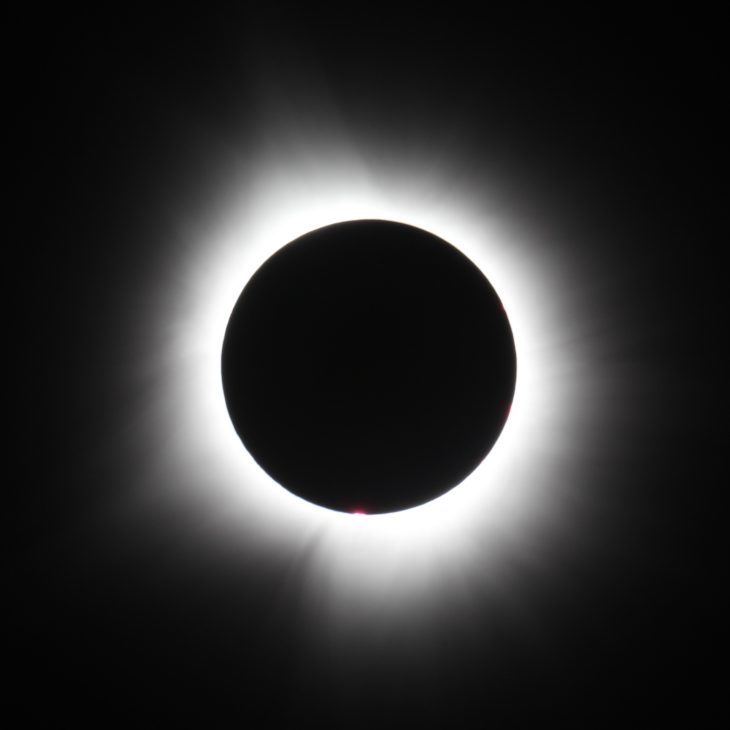
As people gathered in large groups Monday for the total solar eclipse visible in parts of southern Ontario, Quebec and Atlantic Canada, the country’s major wireless carriers ensured eclipse seekers and locals stayed connected and able to share the experience with family and friends as wireless network traffic spiked in some areas.
Rogers says it saw record-breaking amounts of traffic in communities along the eclipse’s path of totality. In Niagara Falls, which had one of the biggest influxes of eclipse watchers, Rogers saw network traffic increase by six times during the time of totality. In Kingston, network usage increased by two times, and in Montreal, it was eight times higher, according to Rogers data shared with Cartt.
At totality, Rogers processed five times more 5G data, and its customers sent three times more texts with photos or videos compared to average volumes. Rogers says call completion volumes in key areas were within a normal range, even during peak traffic hours.
“This was a once-in-a-lifetime experience and our network team worked around the clock to handle the increase in wireless traffic, ensuring Canadians stayed connected to share the moment,” Rogers said in a statement, adding its network team spent 7,500 total hours preparing for the eclipse.
“Our plan included installing portable mobile towers and mobile trucks to increase capacity in key communities and optimizing sites to handle more traffic.”
Rogers says it prioritized locations based on past event data and brought in what are known as “cells on wheels” (COWs) and “cells on light trucks” (COLTs) to increase network capacity. Furthermore, the company implemented special event configurations to adjust the coverage and traffic management at certain cell sites. As an additional measure, Rogers technical teams paused maintenance work that could affect capacity.
A Bell spokesperson told Cartt the telecom’s network saw five times the volume in high-traffic areas during the eclipse, including in Niagara, Hamilton, Toronto, Kingston, Brockville, Montreal, Sherbrooke and Quebec City.
“Thanks to the measures we had put in place ahead of time, our network continued to run optimally,” Bell said in an emailed statement Tuesday.
Those measures included having a dedicated Bell team monitoring usage levels throughout the day on Monday and having a portable cell on wheels in Niagara Falls “to ensure uninterrupted service and mitigate any potential impact on our customers,” Bell said.
Telus also told Cartt it saw five times the regular volume of data traffic, as well as nine times the voice calls, in key areas including Niagara, Hamilton, Toronto, Kingston, Brockville, Montreal, Sherbrooke and Quebec City.
“Over the last few years, we have made massive investments in our network and our infrastructure was able to support the increased number of visitors during the eclipse,” a Telus spokesperson said via email. “Our team worked around the clock, paused routine maintenance work and duly monitored our network performance to provide continuity of service so our customers could enjoy this once-in-a-lifetime event.”
Videotron teams also closely monitored the situation on its wireless network throughout the eclipse, according to a statement emailed to Cartt on Tuesday. The Quebec-based telecom observed a traffic increase of up to 50 per cent on its network in areas where larger crowds gathered, it said.
“The strength and robustness of our network ensured continuity of wireless service for all Videotron, Freedom Mobile and Fizz subscribers during yesterday’s eclipse,” Videotron said.



